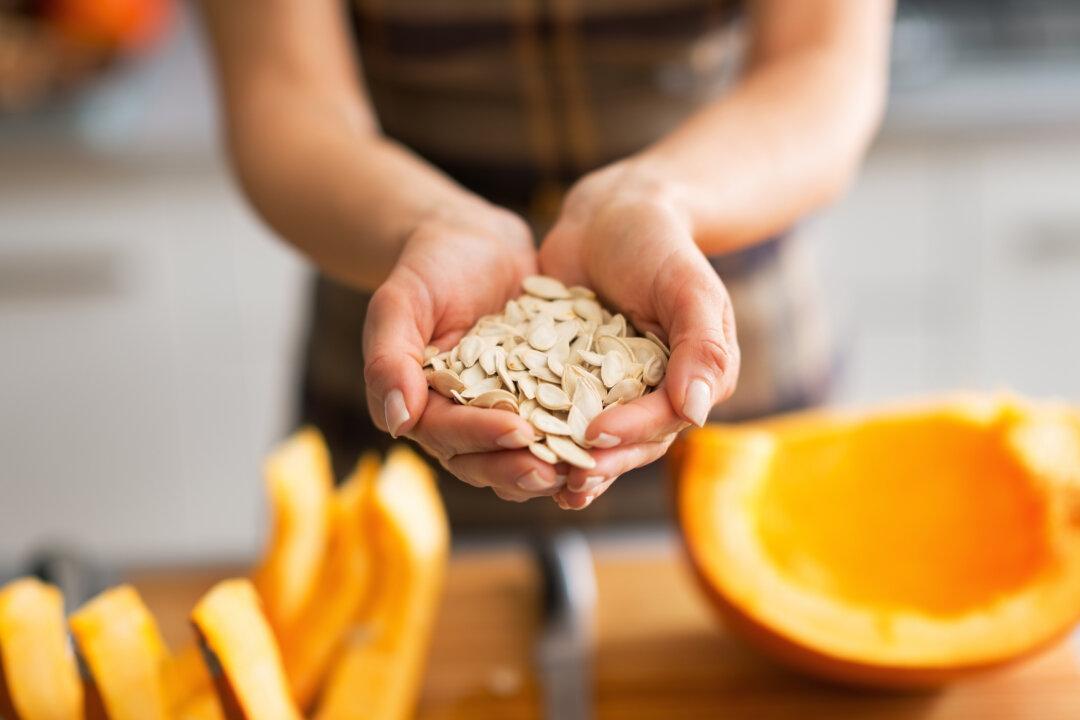In a 2010 study, the Smell and Taste Treatment and Research Foundation of Chicago wanted to know what aroma men found most arousing. Out of 24 scents, pumpkin was found most likely to turn men on.
Maybe it’s just a coincidence, but pumpkin also happens to have properties that benefit male reproductive health. Constituents in pumpkin can address an enlarged prostate, and improve sperm quality.






